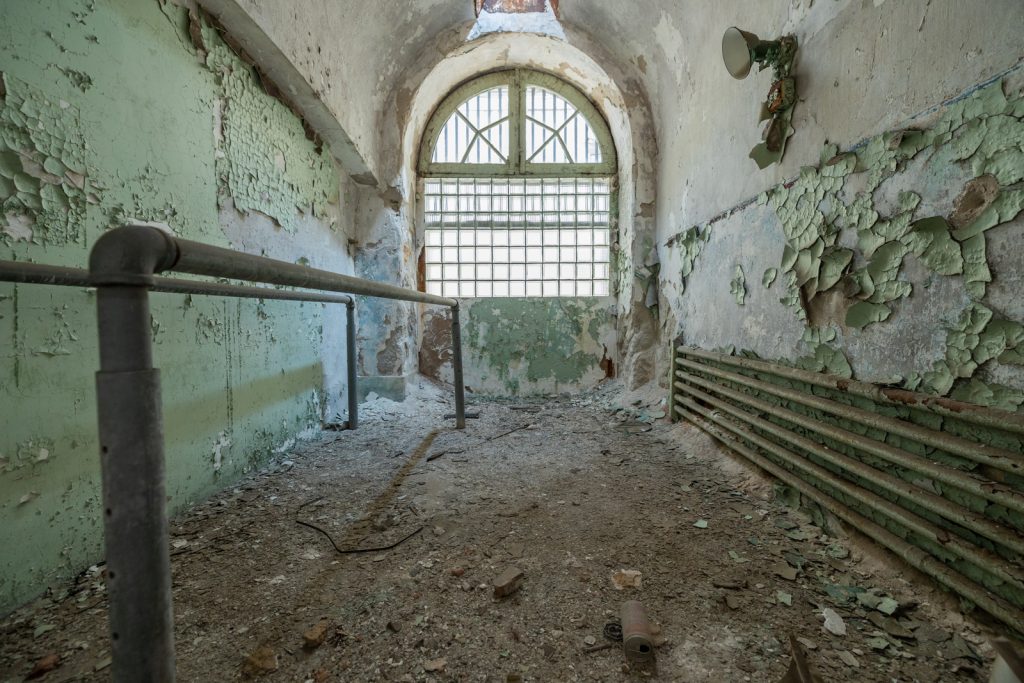
Exploring the History of Eastern State Penitentiary
Philadelphia’s Eastern State Penitentiary is more than just an abandoned prison. It’s a monument to the evolution of the American penal system and a place steeped in stories of innovation, isolation, and infamy. Opened in 1829, this revolutionary institution was designed to embody the concept of solitary confinement, aiming to reform inmates through introspection and penitence. Today, it stands as a crumbling reminder of America’s early experiments with incarceration, attracting history enthusiasts and curious visitors from around the globe.
A Revolutionary Approach to Incarceration
When Eastern State Penitentiary opened, it was considered one of the most advanced prisons in the world. Its innovative radial design—a central hub with cellblocks radiating outward like spokes of a wheel—allowed for maximum security and efficient supervision. Each cell featured a skylight, referred to as the “Eye of God,” intended to inspire inmates to reflect on their actions under divine watchfulness.
The prison’s approach to solitary confinement was groundbreaking. Inmates lived alone, worked alone, and exercised alone in small, enclosed yards. Even when moved through the prison, they wore hoods to prevent them from seeing or being seen by others. This system, known as the “Pennsylvania System,” was designed to encourage rehabilitation but often led to mental deterioration due to extreme isolation.
Infamous Inmates and Notable Stories
Over its 142 years of operation, Eastern State housed a variety of inmates, from petty criminals to notorious figures. Al Capone, one of America’s most infamous gangsters, served a sentence here in 1929. His cell was notably more lavish than others, adorned with fine furniture, rugs, and even a radio, reflecting his influence even behind bars.
Another notable story is that of Pep “The Cat-Murdering Dog,” a Labrador Retriever allegedly sentenced to life for killing the governor’s cat. While the tale is likely apocryphal, Pep’s mugshot remains a quirky piece of the prison’s lore.
Decline and Abandonment
As the 20th century progressed, the prison’s strict solitary confinement system became untenable, and the institution shifted to a more traditional model of incarceration. Overcrowding and outdated facilities eventually led to its closure in 1971. For years, the site lay abandoned, slowly succumbing to decay as nature began to reclaim the space.
Preservation and Public Access
In the 1980s, efforts to preserve Eastern State Penitentiary began, and it reopened to the public in 1994 as a museum and historic site. Today, visitors can explore the crumbling cellblocks and learn about the prison’s role in shaping modern correctional practices. Guided tours and exhibits delve into topics such as the history of solitary confinement, prison reform, and mass incarceration, providing a deeper understanding of the complex legacy of this institution.
Legacy
Eastern State Penitentiary’s story is one of ambition and unintended consequences. While its founders sought to create a space for reflection and reform, the harsh realities of its solitary confinement system often led to psychological suffering. The prison’s haunting beauty and rich history continue to captivate visitors, serving as both a stark reminder of past mistakes and a catalyst for ongoing discussions about the future of criminal justice.
Whether you visit to explore its architecture, learn its stories, or reflect on its legacy, Eastern State Penitentiary offers a unique window into a pivotal chapter of American history. To plan your visit, visit the Eastern State Penitentiary website.
